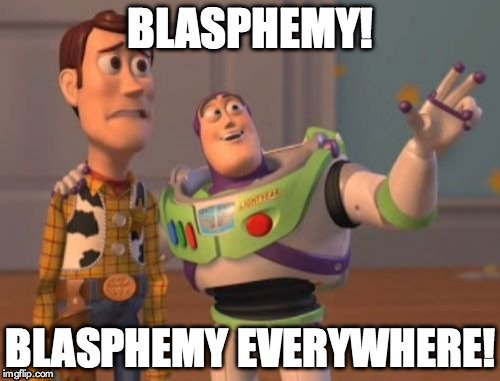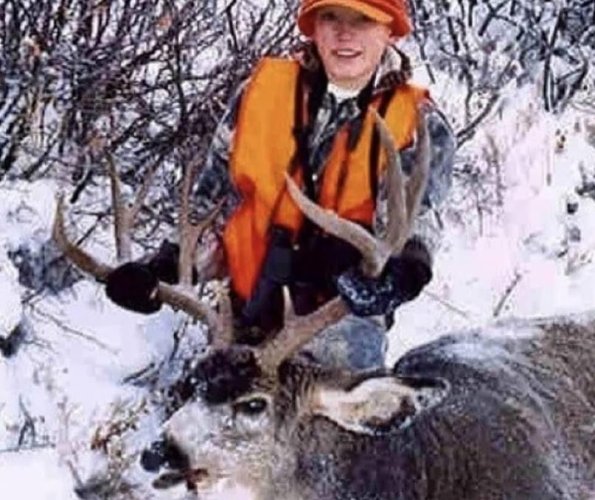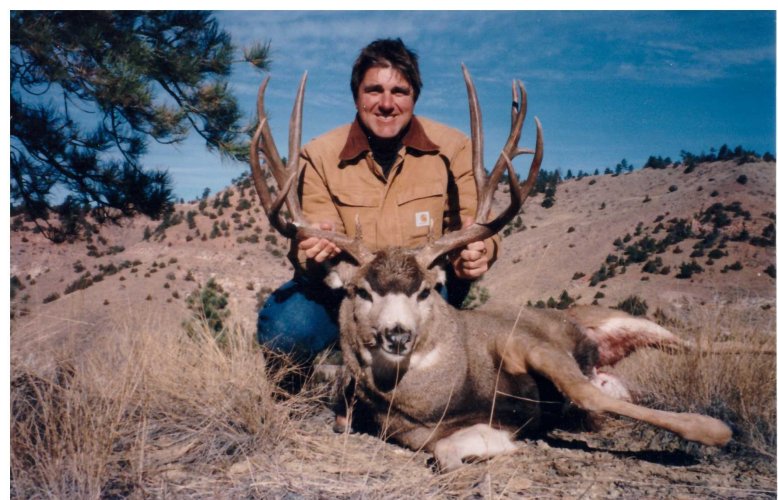cgasner1
Well-known member
- Joined
- Apr 24, 2016
- Messages
- 4,888
I’d take a youth weekend over a free for all but that’s just me. Also how many kids would hold out for just that weekend most would be punched out before itWe need to add a thumbs down button.








